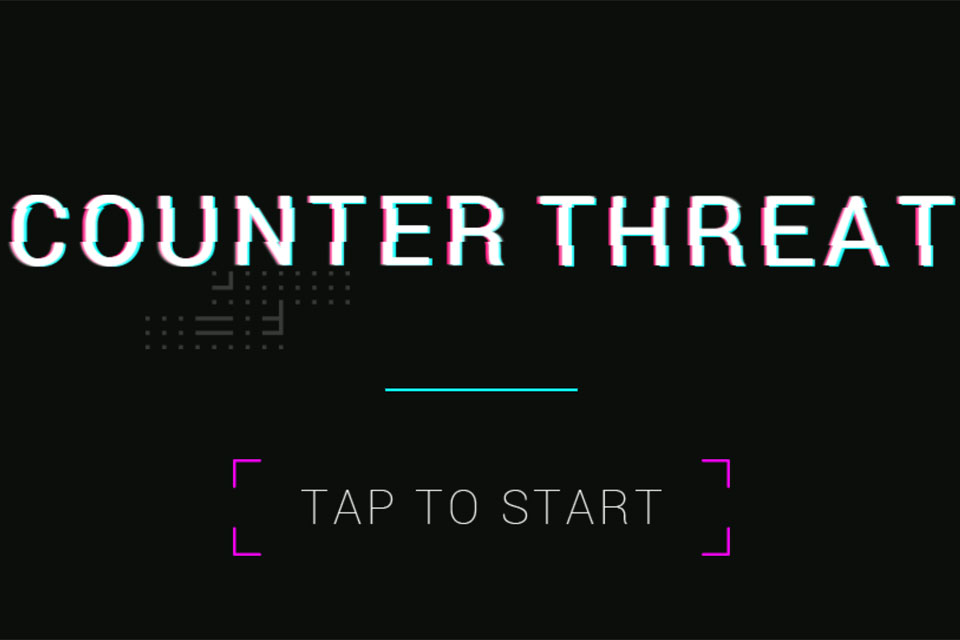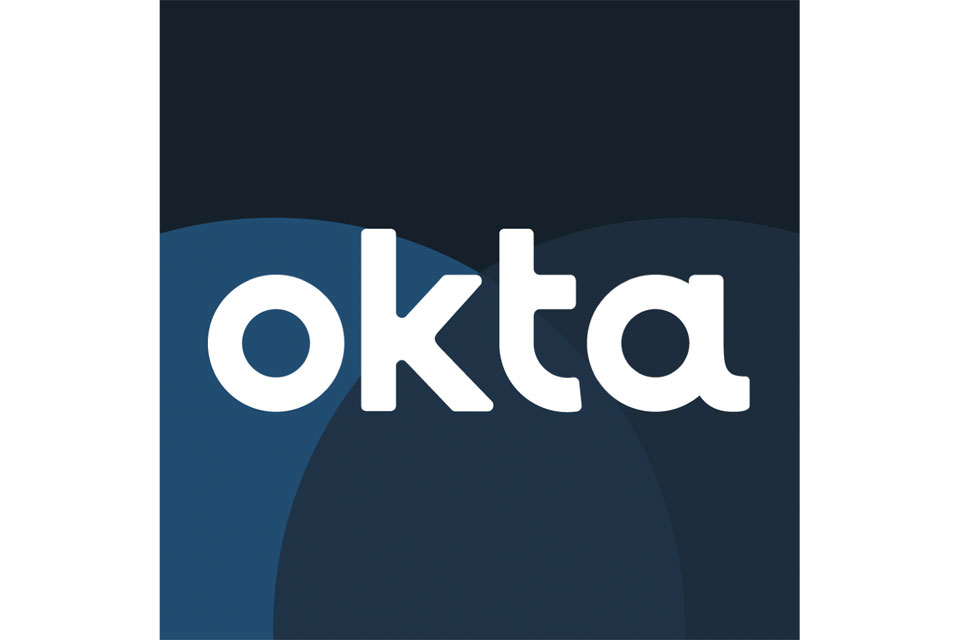Dstl challenges potential cyber recruits with online game
https://cybersecureforum.co.uk/wp-content/uploads/2019/04/DSTL-recruitment-Drive.jpg 960 640 Stuart O'Brien Stuart O'Brien https://secure.gravatar.com/avatar/81af0597d5c9bfe2231f1397b411745a?s=96&d=mm&r=gThe Defence Science and Technology Laboratory (Dstl) has launched an online game to recruit more than 60 staff to work in Cyber and Information Systems.
There are opportunities across a range of areas including in Data Science, Cyber & Electronics Warfare, as well as Space, Sensors & Security Systems.
Supporting the campaign is a new online game where users can play an interactive challenge via the campaign micro-website called Know the Unknown.
Dr Paul Kealey, Dstl’s Cyber and Information Systems (CIS) Division Head, said: “With defence and security operations becoming increasingly dependent on sensing and information, this recruitment drive represents our commitment to put the latest science and technology in the hands of users. What attracted me to Dstl was that every day here is different. Our talented people are having a genuine impact keeping British people and the UK Armed Forces protected from harm.”
Dstl says it’s looking for people with a flair for problem solving and a passion for new technologies seeking a career with a difference. Ideally candidates will have with design and development experience in one or more of the following areas:
- Radar Electronic Surveillance
- Radio frequency or communications systems
- Navigation system development
- Design of electronic systems
- Digital signal processing
- Space systems design
- Computer science, software engineering or network engineering
- Information technology or technical architecture
- Systems engineering
- Verification and validation
- Data forensics
- Data fusion
- Penetration testing
- Quantum science
Dstl is the science and technology arm of the Ministry of Defence.
For all the latest vacancies, visit the Civil Service Jobs website.









